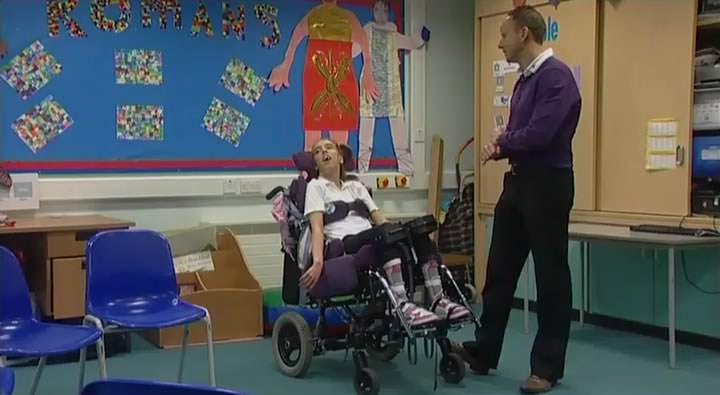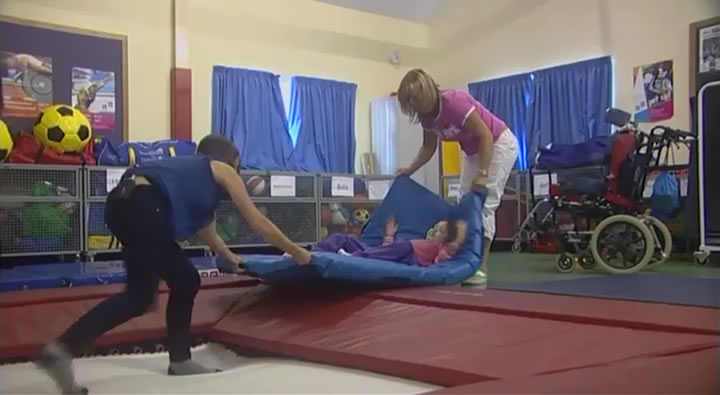Watch the film clip in which Leanne, a teaching assistant, tries to establish how Alice expresses that she likes or dislikes something.
What are the benefits of knowing how a non-verbal child expresses their preferences?
Click for the answer
Understanding the facial expressions, body language and non-verbal behaviours of children with no speech, establishes a basis for communication.
Consider the film clip that you watched in the previous slide.
Take a look at the list below.
Did you notice any of the following pre-verbal techniques being used?
- Showing an interest in others and a wish to communicate with them.
- Demonstrating that they know that one thing can stand for another.
- Indicating that they are able to listen, not just to hear.
- Able to use their voice to attract attention and to make their needs known.
Which of the pre-verbal skills does Alice show?
Answers
- Showing an interest in others and a wish to communicate with them.
- Turn taking.
- Eye contact.
- Monitoring gaze.
- The timing of utterances.
Return
Watch this video clip in which Steve, a deputy headteacher, explains how he builds on a shared and enjoyed routine to encourage interaction with Amber who has PMLD.
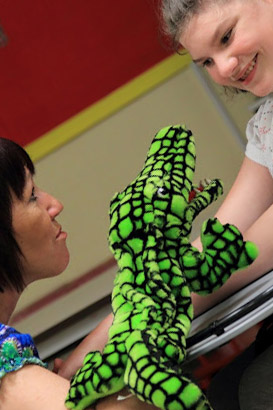
How does this play build on the early types of interactions discussed earlier (eg eye contact, gaze monitoring, turn taking etc.)?
Click for the answer
- Caregivers continue to build on the foundations of turn-taking and reciprocal involvement.
- Their interactions are increasingly 'conversational' – they will instinctively play a game that involves repetition and is dependent on the child regulating their behaviour vocally or through a gesture or expression.
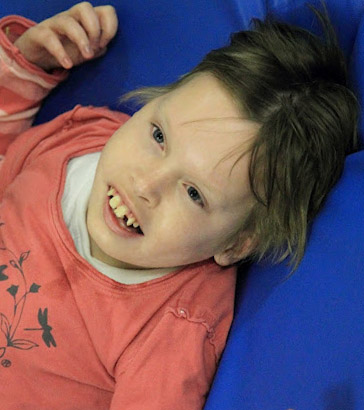
In reference to the earlier clip, why do you think that rituals are important?
Click for the answer
Peep-bo is a global ritual and encourages early language and communication.
When a carer plays a game with a toy or item of interest to a child, that object becomes the focus of shared attention. This is a great time for the caregiver to label the item ('It's a brick!') or provide a word for the child's action ('Crash!').
Take a look at the film clip of Alla, a child with PMLD.
Why is she signalling and what does this say about the importance of ritualised play?
Click for the answer
Alla is learning to indicate that she wants more bounces on the trampoline. It is hoped that, later, she will use this signal in other contexts.
In this case, the foundations of communication are being laid through ritualised play and other learning and development will build on this.
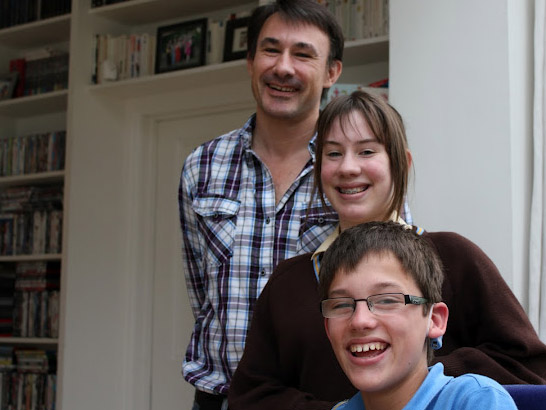
When communicating with children with learning difficulties, we can gain some useful ideas from looking at the way parents interact with their young children.
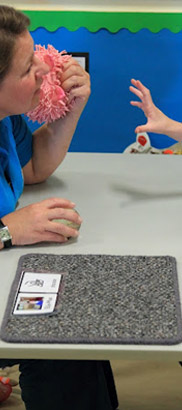
Parents instinctively talk to their children in a positive way and school staff should imitate this when building a child's communication skills.
It is important to spend time getting to know a child's likes and dislikes and what they are capable of.
- Talk and listen to the child.
- Ask open questions, not questions that can be answered with 'yes' or 'no'.
- Expand the child's statements into a longer, more correct form.
- Check that you understand the child's meaning.
- Name things in the environment.
- Use good English – finish sentences.
- Read to the child.

- Follow the child's lead.
- Always assume the child is trying to communicate.
- Always respond to the child's attempt to communicate.
- Only respond positively, praise their effort.
- Talk with the child, avoid giving instructions and directions.
- Support the child and treat them with respect.
- Don't blame the child for inaccuracy - instead, use a mistake as an opportunity to clarify what the child meant:
Child: 'wah wah'
Adult: 'You want some water, do you?'
Child: 'Wah wah' – pointing
Adult: 'Oh yes! It's a dog, isn't it?'

